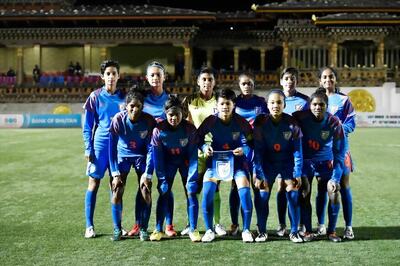
views
Dehradun: Sitting at his residence in Dehradun, octogenarian Kedar Singh Fonia keenly scans through newspapers to know every single detail related to land dispute case in Ayodhya. Fonia was a minister in the Uttar Pradesh government led by Kalyan Singh in 1992 when the Babri mosque in Ayodhya was demolished.
Fonia was a key person in clearing the land acquisition file in Ayodhya.
“It was late night of October 20, 1992 when the chief minister’s office called me for an urgent meeting. I was perplexed why a meeting was called so late,” recalls Fonia while remembering how events unfolded during the peak of Ram temple movement in Uttar Pradesh.
“During the meeting, Kalyan Singh asked who was going to sign the land acquisition file of 2.77-acre land at Ayodhya. Lalji Tandon, the then minister, wanted Kalyan Singh to sign, but the he was reluctant. It was then that I raised my hand in the capacity of tourism minister and cleared the file,” Fonia remembers.
Almost two months after the file was cleared, the disputed Babri mosque in Ayodhya was demolished by the Kar Sevaks on December 6. This subsequently led to the dismissal of Kalyan Singh government.
Following the demolition of the mosque, union government formed Librahan Commission to probe the issue.
Former minister who was then legislator from Badri–Kedar constituency says he was often served notices by the commission seeking information why he had signed the file to acquire land at Ayodhya.
“But that’s now all over,” he says.
On Saturday five judges bench headed by Chief Justice Ranjan Gogoi pronounced in a historic judgement that a temple be constructed for Hindus on a 2.77-acre site in Ayodhya while Muslims should get 5 acres of land somewhere else.




















Comments
0 comment